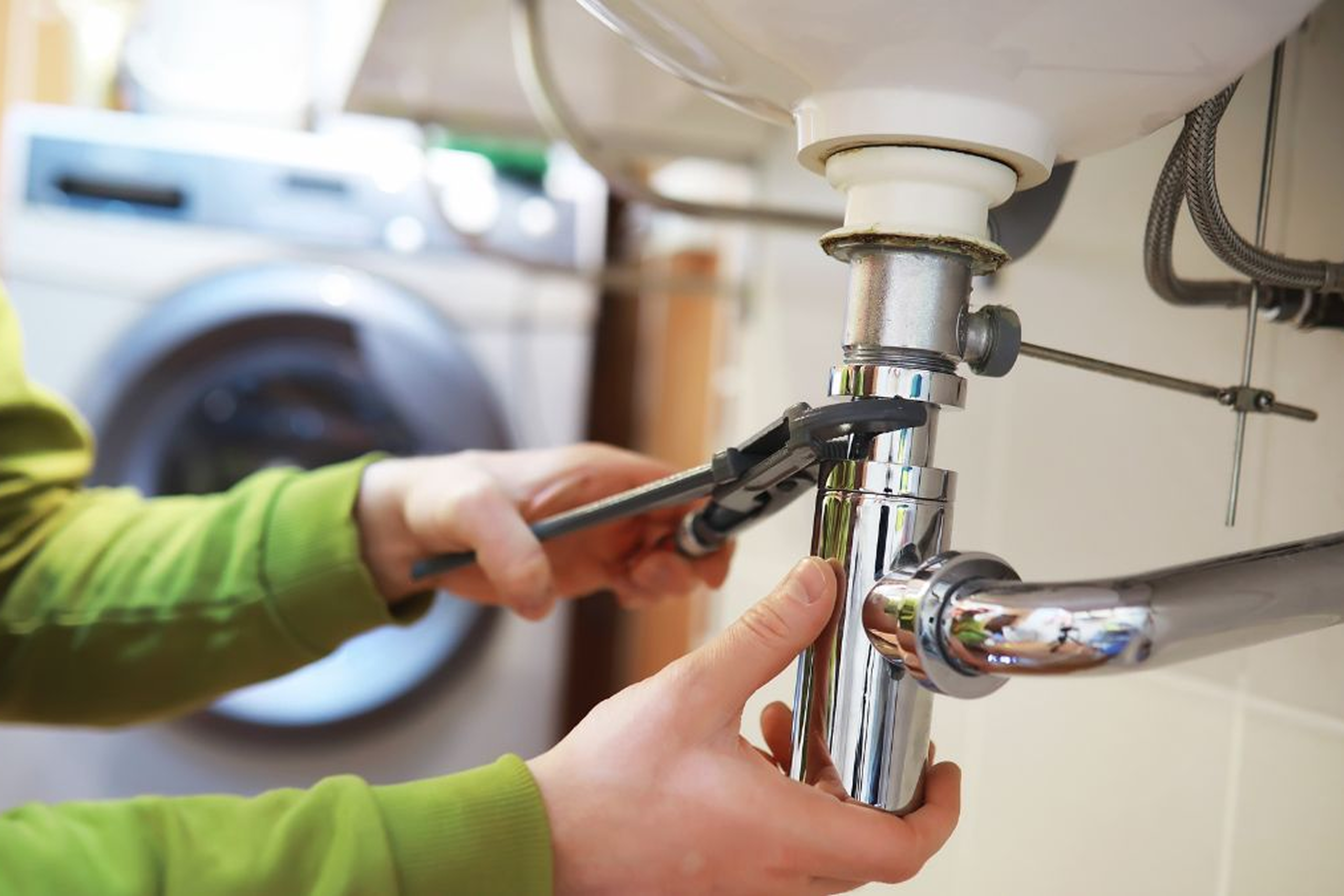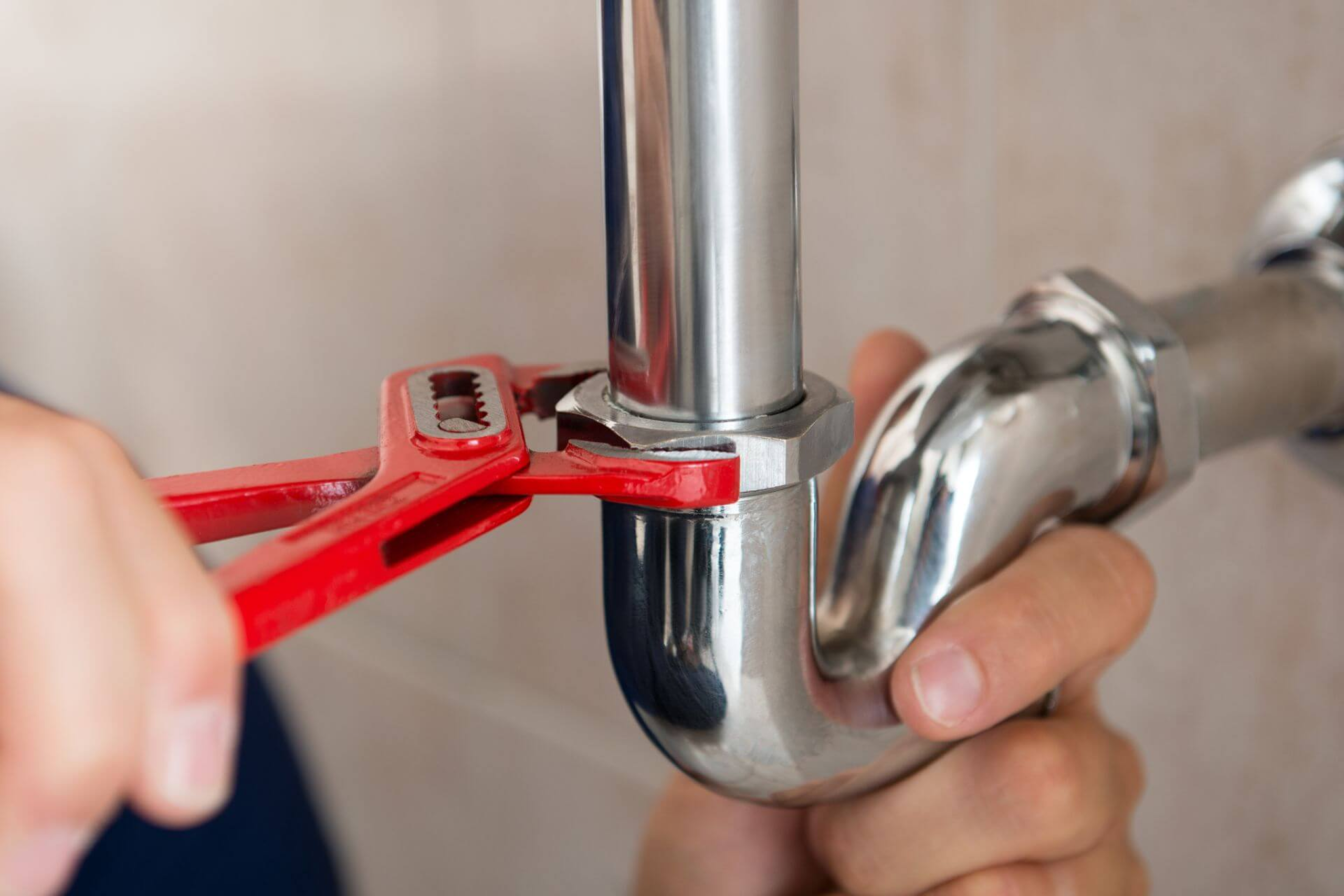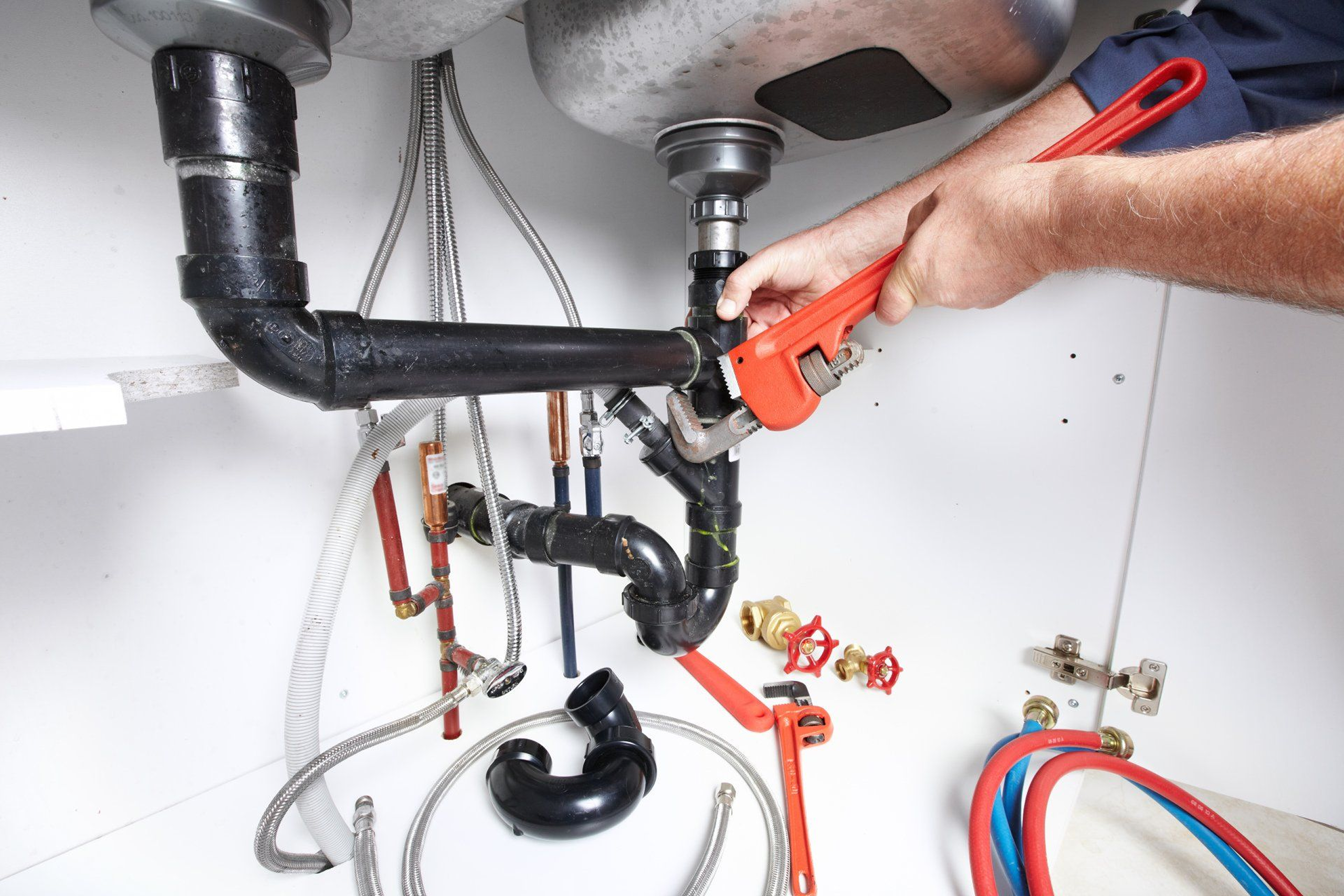Every homeowner will face plumbing issues at some point — from a dripping tap to a burst pipe. The question is: should you attempt a DIY repair or call in a professional plumber? While some problems are quick fixes, others require expertise, tools, and experience. Knowing the difference can save you money, protect your home, and prevent small issues from turning into disasters.
In this guide, we’ll explore DIY fixes vs. when to call a professional plumber, giving you practical advice, cost comparisons, and safety tips so you can make the right decision every time.
Understanding DIY Plumbing Fixes
DIY plumbing doesn’t mean tackling every problem under the sink. It’s about knowing your limits and handling the smaller, less risky tasks yourself. Jobs like unclogging a slow drain, replacing a washer in a leaky tap, or tightening loose fittings are generally safe and manageable.
On the other hand, more complex issues — such as hidden leaks, gas boiler repairs, or mains water pipe replacements — should always be left to professionals. Attempting these without training could be dangerous, costly, and even illegal in some cases.
Common Plumbing Problems You Can Fix Yourself
Here are examples of safe, effective DIY plumbing jobs:
1. Dripping Taps
Often caused by a worn washer or O-ring. With a few tools, most homeowners can replace these parts in under an hour.
2. Running Toilets
A faulty flapper valve is the usual culprit. Replacements are inexpensive and widely available.
3. Slow or Clogged Drains
Using a plunger or drain snake is an easy DIY method. Natural solutions like baking soda and vinegar are safer for pipes than harsh chemicals.
4. Low Shower Pressure from Limescale
Unscrew the showerhead, soak it in vinegar overnight, and rinse. This simple step often restores pressure.
5. Replacing Showerheads or Taps
Swapping outdated fixtures for new ones is straightforward, provided you turn off the water supply first.
By learning these small repairs, you save money and build confidence while keeping your home in good working order.

Tools Every Homeowner Should Have
If you’re going to try DIY fixes, it pays to have the right tools. A basic plumbing toolkit should include:
Adjustable spanner
Pipe wrench
Plunger (cup and flange type)
Drain snake or auger
Teflon tape
Screwdrivers
Bucket and towels
Torch for working in tight spaces
Having these on hand will prepare you for most common plumbing challenges.
Benefits of DIY Plumbing Repairs
Choosing DIY over a professional plumber can be rewarding in several ways:
Cost savings – You avoid call-out fees for minor issues.
Immediate action – You don’t have to wait for a plumber’s schedule.
Learning experience – You gain useful household repair skills.
Satisfaction – There’s pride in fixing something yourself.
However, DIY should always be balanced with caution. Saving money is not worth risking water damage or flooding.
When to Call a Professional Plumber
There are clear situations where DIY isn’t the right option. Call a professional plumber when:
1. Burst Pipes
Immediate professional attention is needed to stop flooding and structural damage.
2. No Hot Water
Issues with boilers, immersion heaters, or hot water systems should be left to certified experts.
3. Sewer Backups
Sewage problems are hazardous and require specialist equipment.
4. Major Leaks
If you can’t identify the source of a leak, call a plumber before it worsens.
5. Installation of Appliances
Dishwashers, washing machines, and water heaters need correct installation to prevent leaks or voided warranties.
6. Gas-Related Work
Only Gas Safe registered engineers should ever handle gas boilers or heating systems.
These jobs are too risky for untrained hands.

Risks of DIY Plumbing Gone Wrong
Attempting repairs beyond your ability can cause:
Water damage to walls, ceilings, and floors
Higher long-term costs for professional repairs
Voided warranties on appliances
Legal issues with gas or water mains work
Personal injury
In many cases, DIY mistakes end up costing far more than the original repair.
DIY Fixes vs. When to Call a Professional Plumber: Grey Areas Explained
Some plumbing problems fall into a tricky middle ground where it’s not immediately clear whether you should grab your toolbox or ring a plumber. Understanding these “grey areas” can save you time and money.
Small Leaks Under the Sink
If you spot a drip under your kitchen or bathroom sink, tightening a joint with a wrench might solve the problem. However, if the leak continues or worsens, the issue may be with the seals, pipes, or water pressure — at which point a plumber should step in.
Toilet Blockages
A simple clog caused by too much toilet paper is often fixed with a plunger. But if plunging doesn’t work or blockages keep returning, it could indicate a deeper problem in the sewer line. In that case, DIY efforts may just be a temporary fix, and a professional inspection is required.
Water Heater Issues
Turning up the thermostat or checking the pilot light are simple troubleshooting steps most homeowners can manage. But if your water heater is leaking, making banging noises, or failing altogether, DIY is unsafe. This is a classic example of DIY fixes vs. when to call a professional plumber where the latter is always the safer choice.
Cost Comparison: DIY vs Professional Repairs
| Problem | DIY Cost | Professional Cost |
|---|---|---|
| Fixing a dripping tap | £5–£10 | £60–£90 |
| Unclogging a drain | £0–£15 | £80–£120 |
| Toilet flapper replacement | £10–£15 | £70–£100 |
| Boiler repair | Unsafe for DIY | £100–£400 |
| Burst pipe | Unsafe for DIY | £150–£500 |
DIY is clearly cheaper for small jobs, but professionals are essential for complex or high-risk issues.

How to Choose the Right Plumber
When the time comes to hire a professional, follow these tips:
Look for Gas Safe registration for heating work.
Check online reviews and ratings.
Ask for quotes from at least three plumbers.
Confirm they have insurance.
Ask about warranties on their work.
Spending a little time on research helps you avoid unreliable tradespeople.
Preventing Future Plumbing Issues
The best way to reduce both DIY and professional callouts is through prevention. Simple steps include:
Regularly clean drains and avoid pouring grease or oil down sinks.
Check pipes for leaks and drips.
Insulate exposed pipes to prevent freezing in winter.
Service your boiler annually.
Install water softeners in hard water areas.
Prevention saves money, stress, and time.
Final Thoughts
Knowing the difference between DIY fixes vs. when to call a professional plumber is key to protecting your home and your wallet. Simple jobs like replacing washers or clearing minor blockages are well within a homeowner’s ability. But when it comes to complex, hazardous, or large-scale issues, calling a professional plumber is the safest and smartest choice.
By striking the right balance, you’ll save money, prevent damage, and keep your plumbing system running smoothly year after year.








